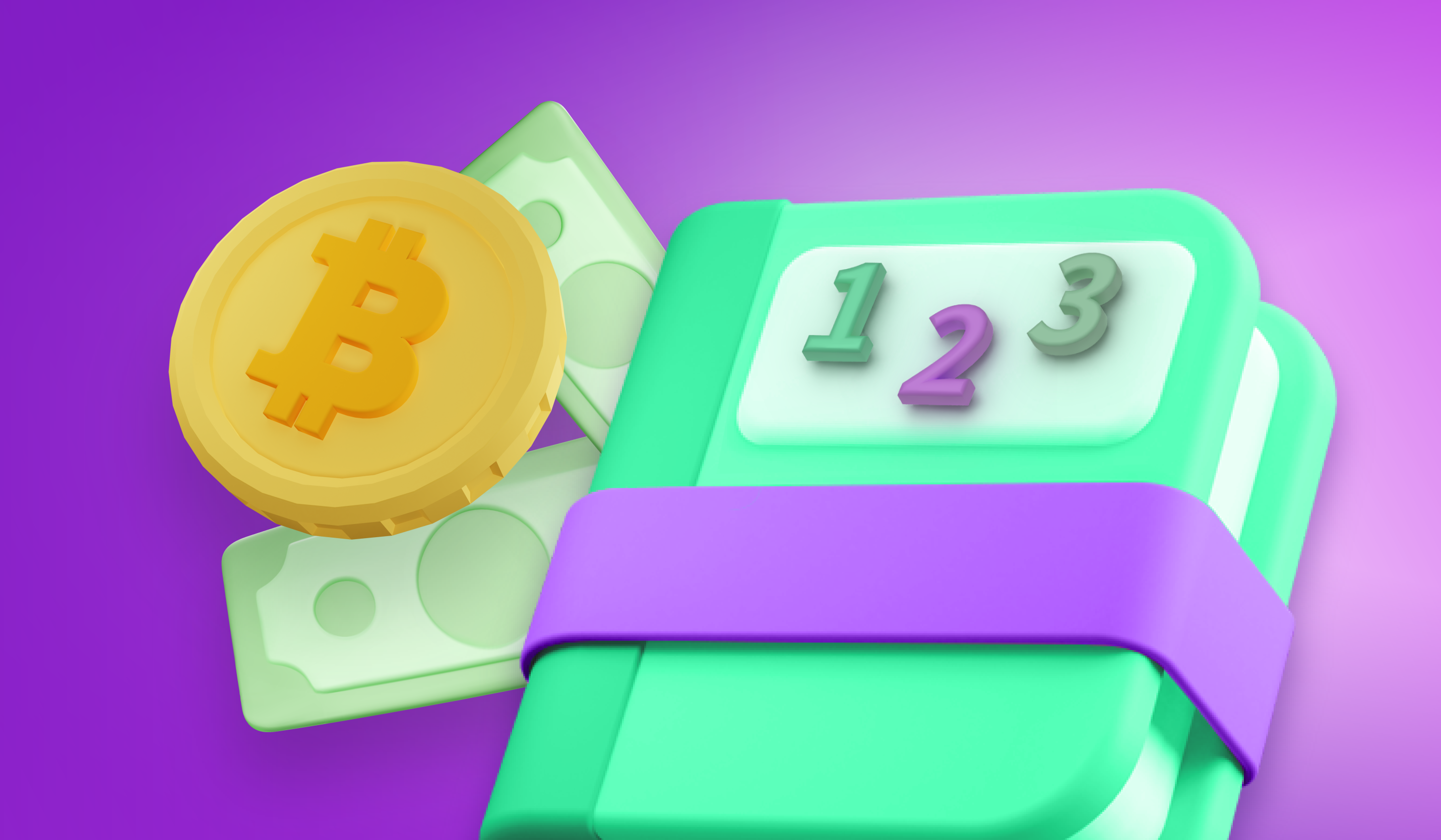Cryptocurrencies are all the rage these days in the world of finance and investments. Many of these digital tokens or coins are worth hundreds or even thousands of US dollars each, which makes them really appealing when it comes to growing your wealth.
Currently, there are more than 10,000 cryptocurrencies. Many of them have very low trading volumes, while some have dedicated supporters and investors. In the future, we can expect even more cryptocurrencies to emerge although they may not beat the popularity of more established cryptos. Let’s take a look at some of these well-known coins and learn why they’re the talk of the town in the crypto community.
Bitcoin (BTC)
Bitcoin is the first cryptocurrency, allegedly created by Satoshi Nakamoto in 2009. As such, the term “Bitcoin” has become almost synonymous with the term “cryptocurrency.” As of this writing, Bitcoin’s market cap—which is the total value of all the Bitcoins that have been mined—is almost USD 1.1 trillion. That’s more than the value of Meta (Facebook) and Tesla combined!
Because it’s been around for more than a decade, Bitcoin is the most widely accepted cryptocurrency. It’s also well-protected against inflation because Nakamoto capped the number of Bitcoins at 21 million. Once this number has been reached, there will be no more Bitcoins that can be mined.
During its first few years, Bitcoin’s value barely went over USD 1. It was in 2013 when it actually rose in value, and then in 2017 when it breached the USD 1,000 ceiling. As of October 2021, one Bitcoin is worth almost USD 67,000 or almost Php 3.4 million.
Ethereum (ETH)
Ethereum is the second most popular and most valuable cryptocurrency behind Bitcoin. Conceptualized in 2013 by Vitalik Buterin, Ethereum was developed in 2014 and officially went live in 2015. What’s important to note is that Ether is the name of the cryptocurrency, while Ethereum is an open-source blockchain network. As of writing this article, one Ether is equivalent to more than Php 211,000.
Unlike Bitcoin, Ether or Ethereum doesn’t derive its value exclusively from store of value (an asset that is able to avoid depreciation—it either remains stable or increases in value over time). Rather, the Ethereum platform can also be used to create applications and smart contracts. Ethereum also doesn’t have a predetermined supply cap like Bitcoin. Instead, it’s Ethereum’s community members who will determine how much Ether can be minted.
Bitcoin Cash (BCH)
Bitcoin Cash is a result of a so-called “fork” in Bitcoin’s blockchain. In simple terms, a fork is the result of debates or arguments between cryptocurrency developers and miners. If they can’t agree, the original chain remains but a new chain with a modified code is also formed.
In 2017, Bitcoin Cash was launched after a debate regarding scalability. Bitcoin limits its block size to 1 MB; supporters of Bitcoin Cash wanted to increase this limit to 8 MB, so that one block can hold more transactions. This would make Bitcoin Cash more viable as a medium of exchange (i.e., a peer-to-peer electronic cash system). No agreement was reached, and thus Bitcoin Cash branched out.
By the tail-end of 2021, Bitcoin Cash has a value of about USD 555 per token. It also holds the distinction of being one of the earliest and most successful forks in the history of cryptocurrency.
Litecoin (LTC)
Created in 2011 by former Google engineer Charlie Lee, Litecoin’s claim to fame is its capability to generate blocks faster. Bitcoin takes 10 minutes to create one block, while Litecoin only takes 2.5 minutes to do so. Thus, Litecoin is more agile and boasts a larger supply. While there can only be 21 million Bitcoins in existence, Litecoin has 84 million mineable tokens.
Slowly but surely, Litecoin is becoming more widely accepted. Its value also continues to rise. Currently, one Litecoin is valued at around USD 200. If you’re a newbie and interested in investing in crypto, Litecoin can be a good entry point.
Tether (USDT)
Launched in 2014, Tether differs from other cryptocurrencies on this list because it’s a stablecoin. In layman’s terms, a stablecoin is a kind of digital currency whose value is attached or tied to an asset. Tether’s value, in this case, is tied to the US dollar. In short, one Tether is roughly equal to USD 1. The advantage of this is that there isn’t a lot of fluctuation when it comes to Tether’s value. Therefore, if you’re the conservative type of investor, this might be the cryptocurrency for you.
Most traders use Tether to move from one cryptocurrency to another. This way, they don’t have to convert their coins back to fiat or traditional money before they can buy into a different coin.
When it comes to value, Tether tokens are worth USD 1.22. However, they have a market capitalization of about USD 73.7 billion.
Based on popularity alone, it’s safe to say that these five cryptocurrencies are your best bet when investing. Still, do your own research before taking the plunge. Watch videos, read articles, and consult those who are more knowledgeable. Doing these can help you manage expectations and avoid big mistakes.
Good luck and happy investing!
References:
12 Most Popular Types Of Cryptocurrency | Bankrate
Most Popular Types of Cryptocurrency | NextAdvisor with TIME
What are the Top 10 Most Popular Cryptocurrencies? (nasdaq.com)
10 Important Cryptocurrencies Other Than Bitcoin (investopedia.com)
The 5 Most Popular Cryptocurrencies on the Market Right Now | The Motley Fool








